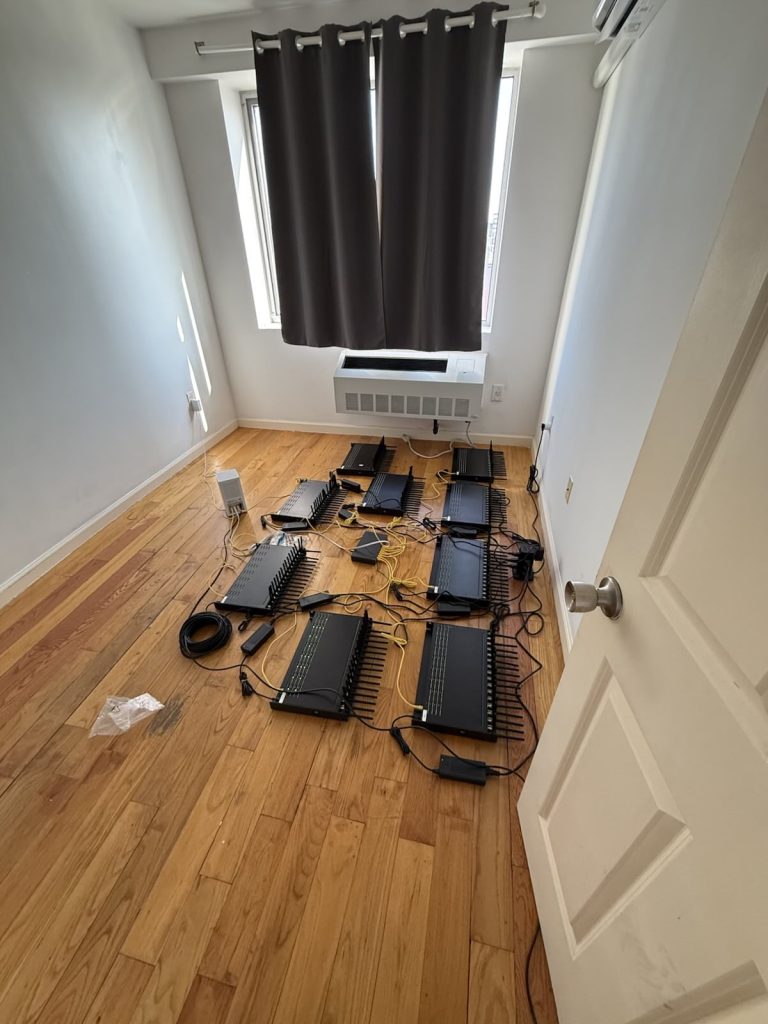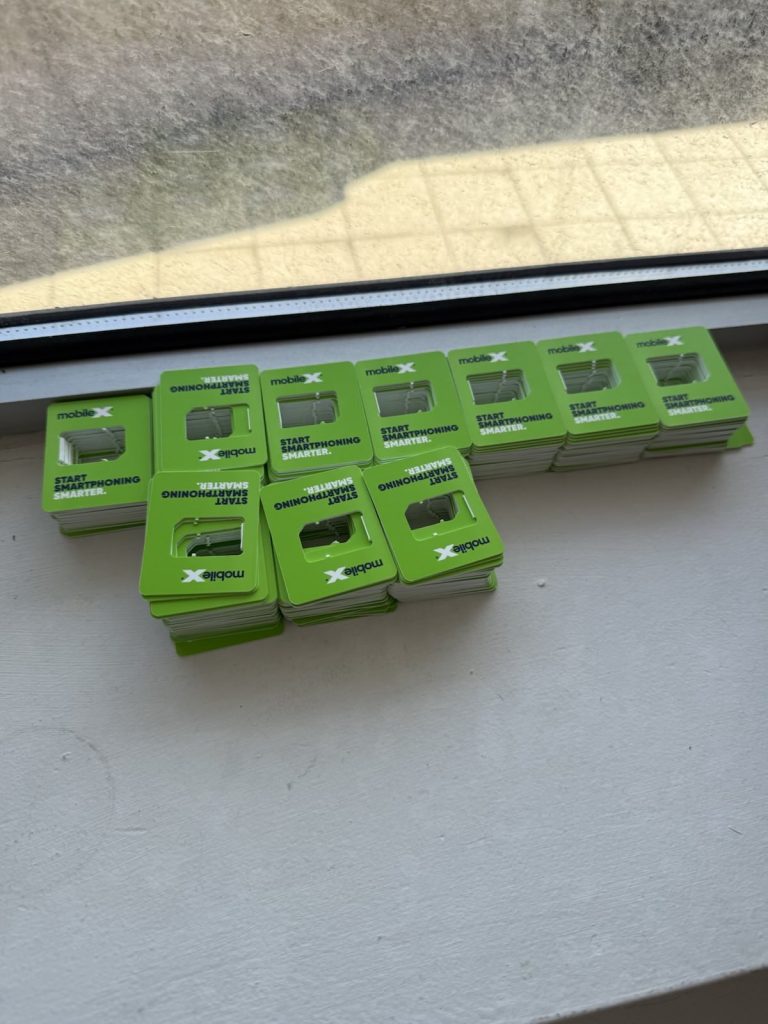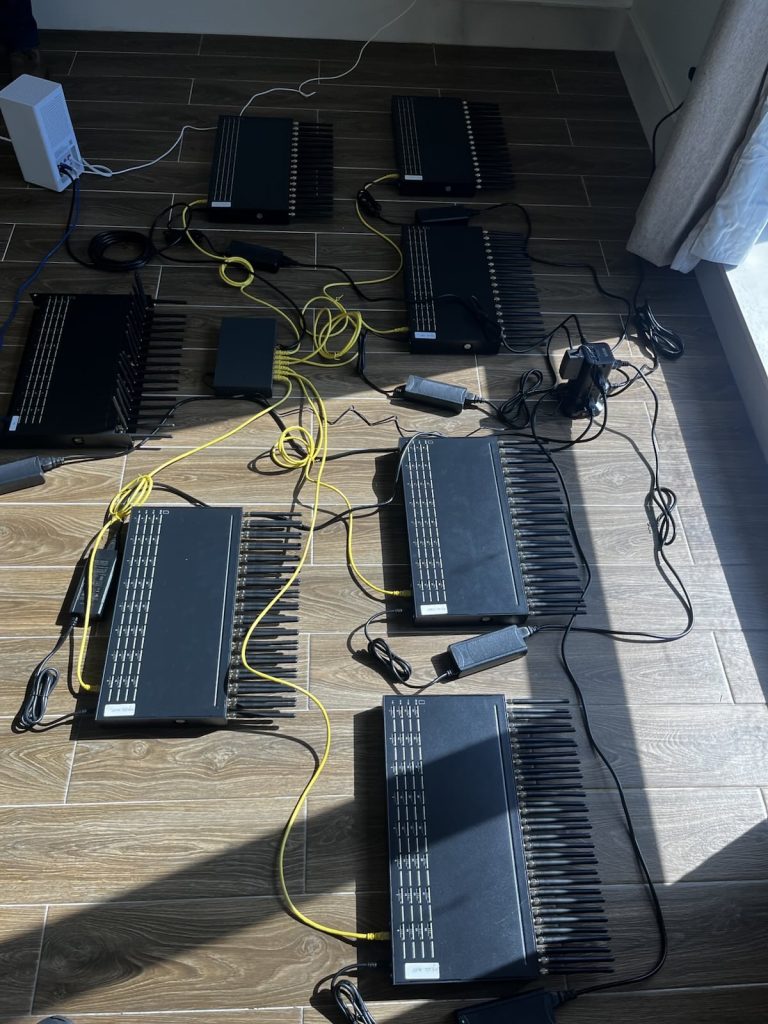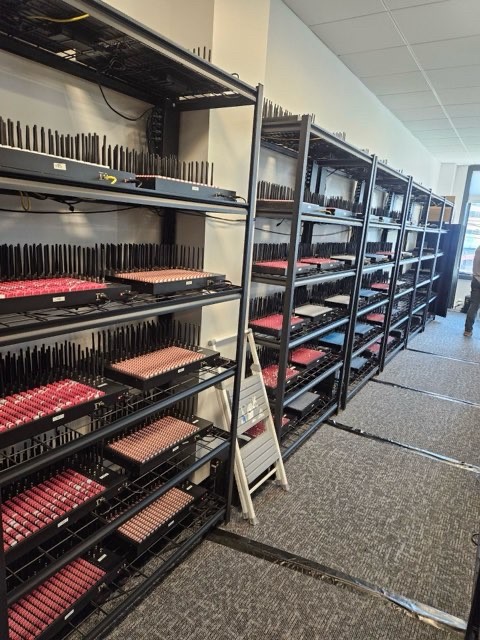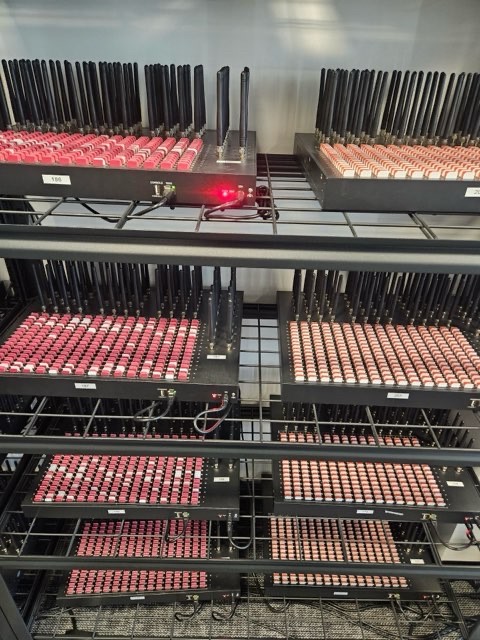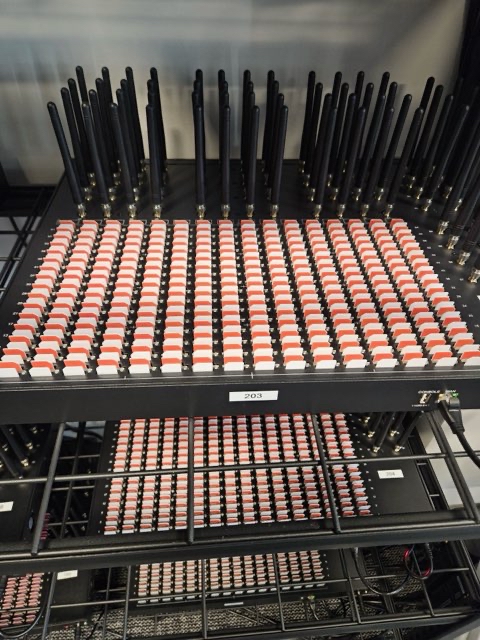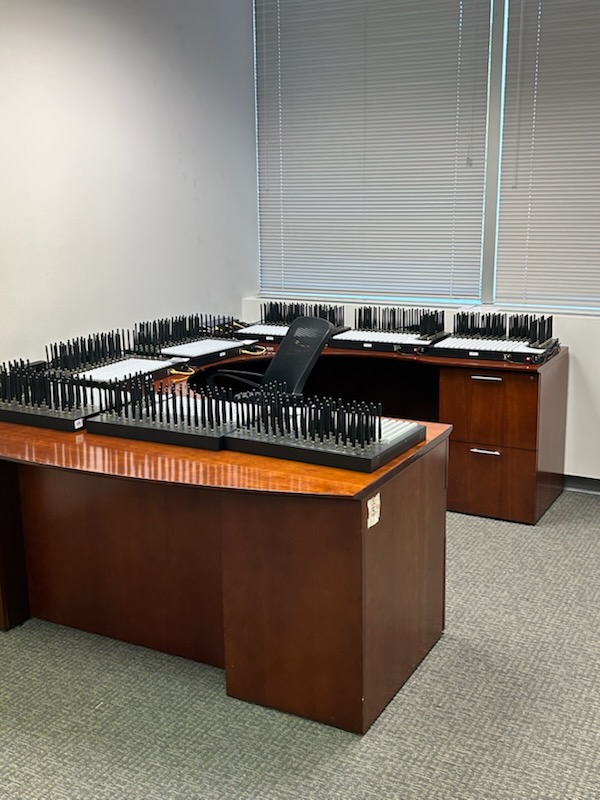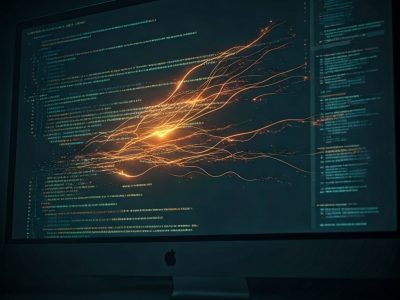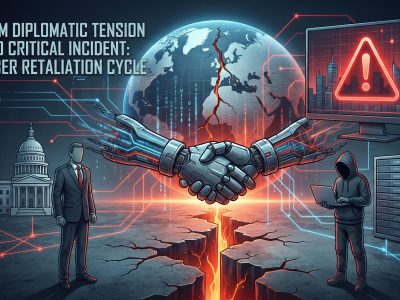
Executive Summary
The U.S. Secret Service dismantled a network of electronic devices across the New York tristate area used to conduct telecommunications-related threats targeting senior U.S. government officials, which posed an imminent risk to protective operations. The investigation uncovered more than 300 co-located SIM servers and 100,000 SIM cards at multiple sites. The devices were concentrated within ~35 miles of the United Nations General Assembly currently underway in New York City. The agency cites potential use for various telecom attacks and anonymous encrypted communications; the Advanced Threat Interdiction Unit is leading the still-ongoing investigation.
Confirmed Facts (official source)
- Threat scope and nature: network used for telecom threats against senior officials; assessed as an imminent threat to protective operations.
- Material scale: > 300 SIM servers and 100,000 SIM cards discovered across multiple sites.
- Potential capabilities: anonymous telephonic threats; potential to disable cell towers, enable denial-of-service attacks, and facilitate anonymous encrypted communications among threat actors and criminal enterprises.
- Time and place: devices concentrated within ~35 miles of the global UN General Assembly meeting; rapid action taken to disrupt the network.
- Organizational roles: led by the Secret Service’s Advanced Threat Interdiction Unit, with support from DHS/HSI, DOJ, ODNI, NYPD, and other partners.
- Preliminary indicators: early analysis indicates cellular communications between nation-state actors and individuals known to federal law enforcement.
- Official statement: Director Sean Curran underscored the disruptive potential of the device network and emphasized prevention and rapid dismantlement of imminent threats.
Technical Perspective
SIM servers / SIM boxes orchestrate large-scale SIM usage with rotation and multiplexing to obscure origin and distribute load. Coupled with IP gateways, they can sustain high-volume voice/SMS campaigns and hard-to-attribute telecom signaling flows. In a metropolitan setting, co-locating hundreds of servers and tens of thousands of SIMs within a narrow radius increases operational bandwidth and reduces coordination latency.
Per the agency’s description, potential capabilities include availability-impacting attacks (up to local tower disruption and denial-of-service scenarios) and anonymous encrypted channels for coordination between malicious actors. Such activity spans telecom-cyber surfaces and operator access chains where cross-domain monitoring and correlation are non-trivial at city scale.
Defensive Implications (analysis)
- Spatio-temporal correlation: concentration within 35 miles of the UNGA suggests radio-coverage optimization and an intent to synchronize actions around a high-visibility event.
- Attribution: SIM/IMSI fragmentation, rotation, and topological compartmentalization necessitate multi-source attribution across carriers, law enforcement, and technical intelligence.
- Telecom attack surface: even without public IoCs, the case reinforces the value of joint telecom-cyber watch on voice/SMS/data artifacts and signaling anomalies.
Open Questions
- Detailed IoCs and TTPs: not released at this time.
- C2 modalities and transit providers: undisclosed.
- Judicial scope: criminal charges and statutory framing pending further investigation.
Source
U.S. Secret Service — U.S. Secret Service dismantles imminent telecommunications threat in New York tristate area, September 23, 2025.
